Great build thread and engine, Brian. You have inspired me!
Dave
The Emerald Isle
Dave
The Emerald Isle

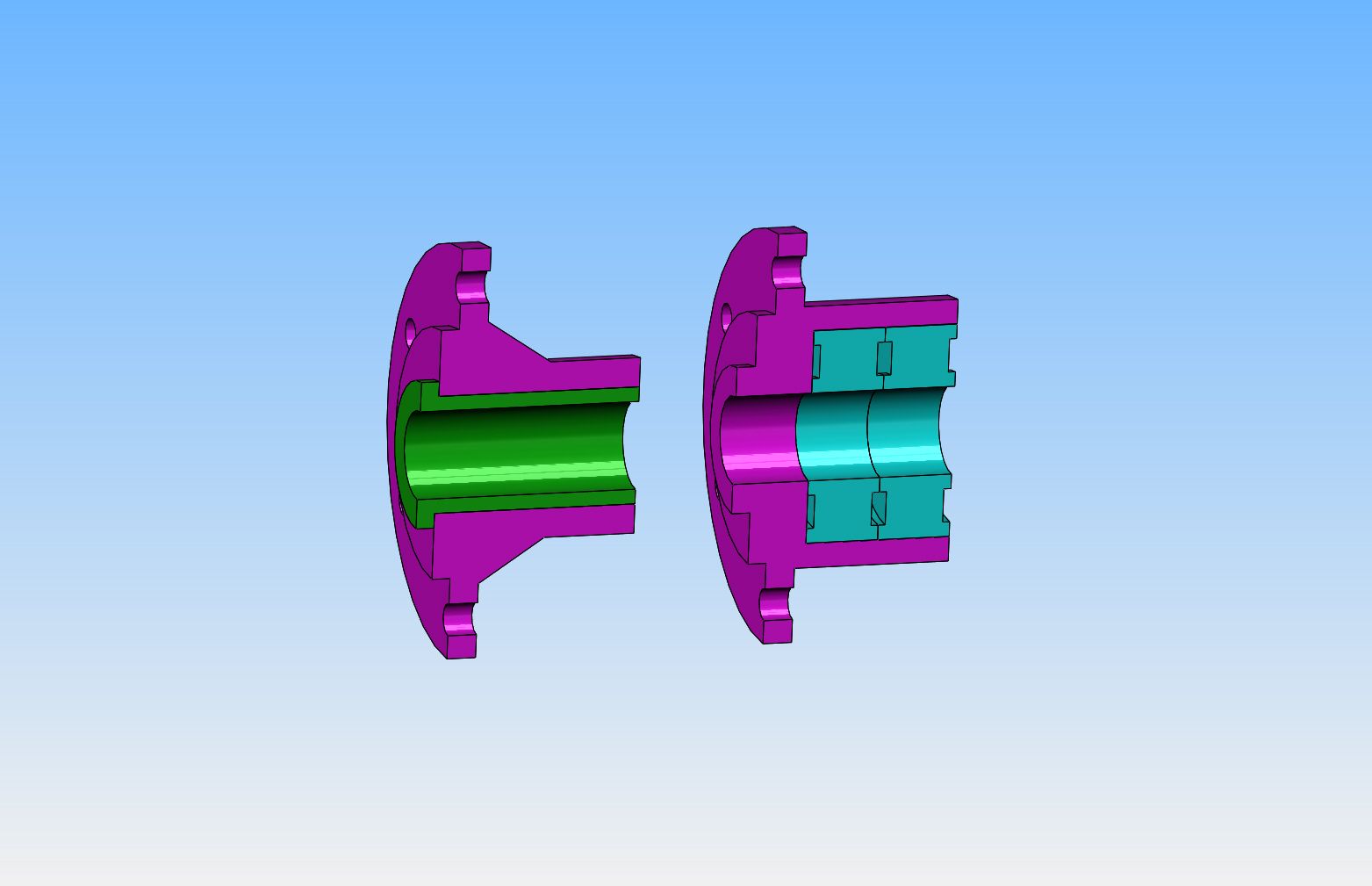
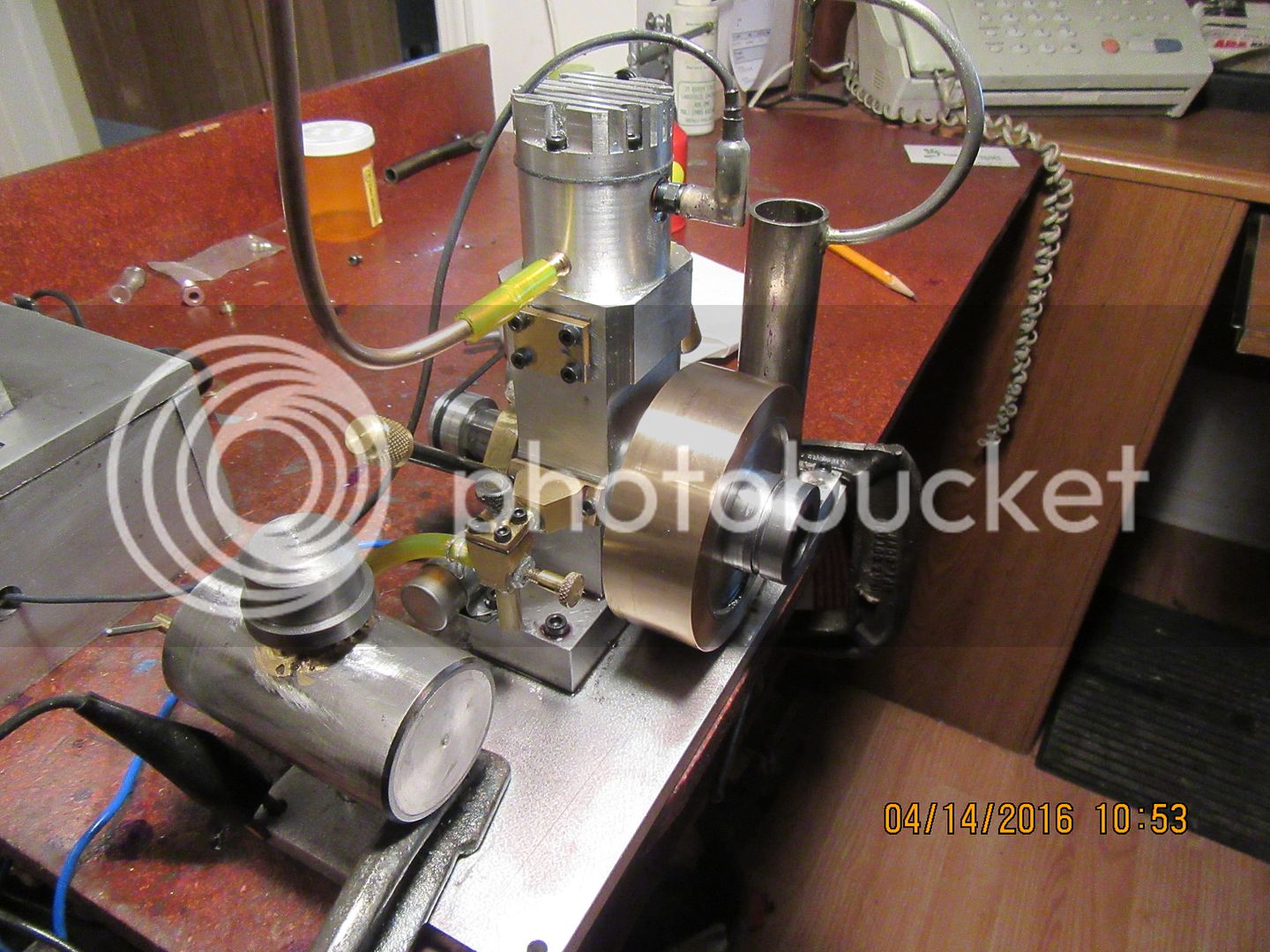
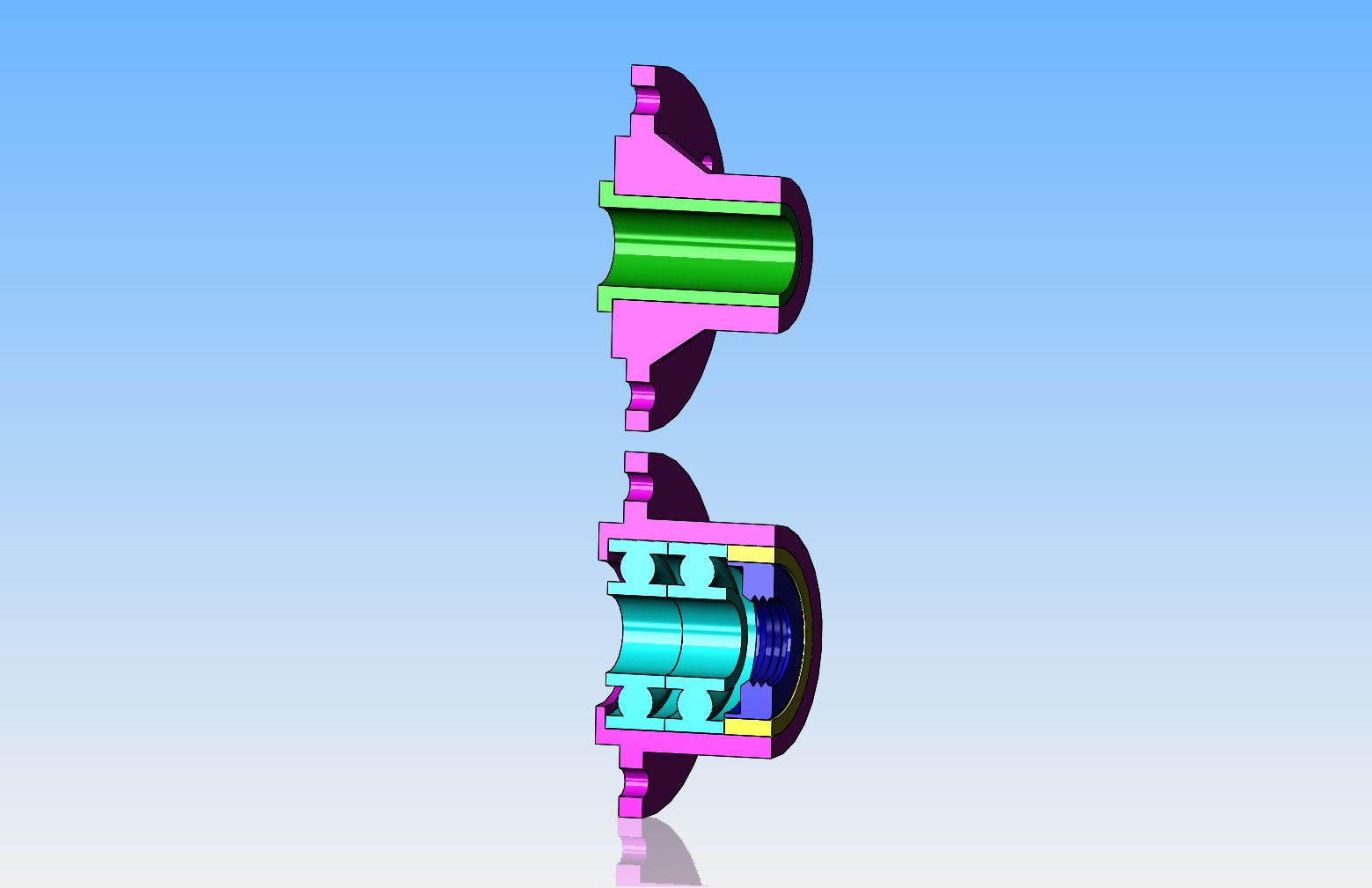








![DreamPlan Home Design and Landscaping Software Free for Windows [PC Download]](https://m.media-amazon.com/images/I/51kvZH2dVLL._SL500_.jpg)

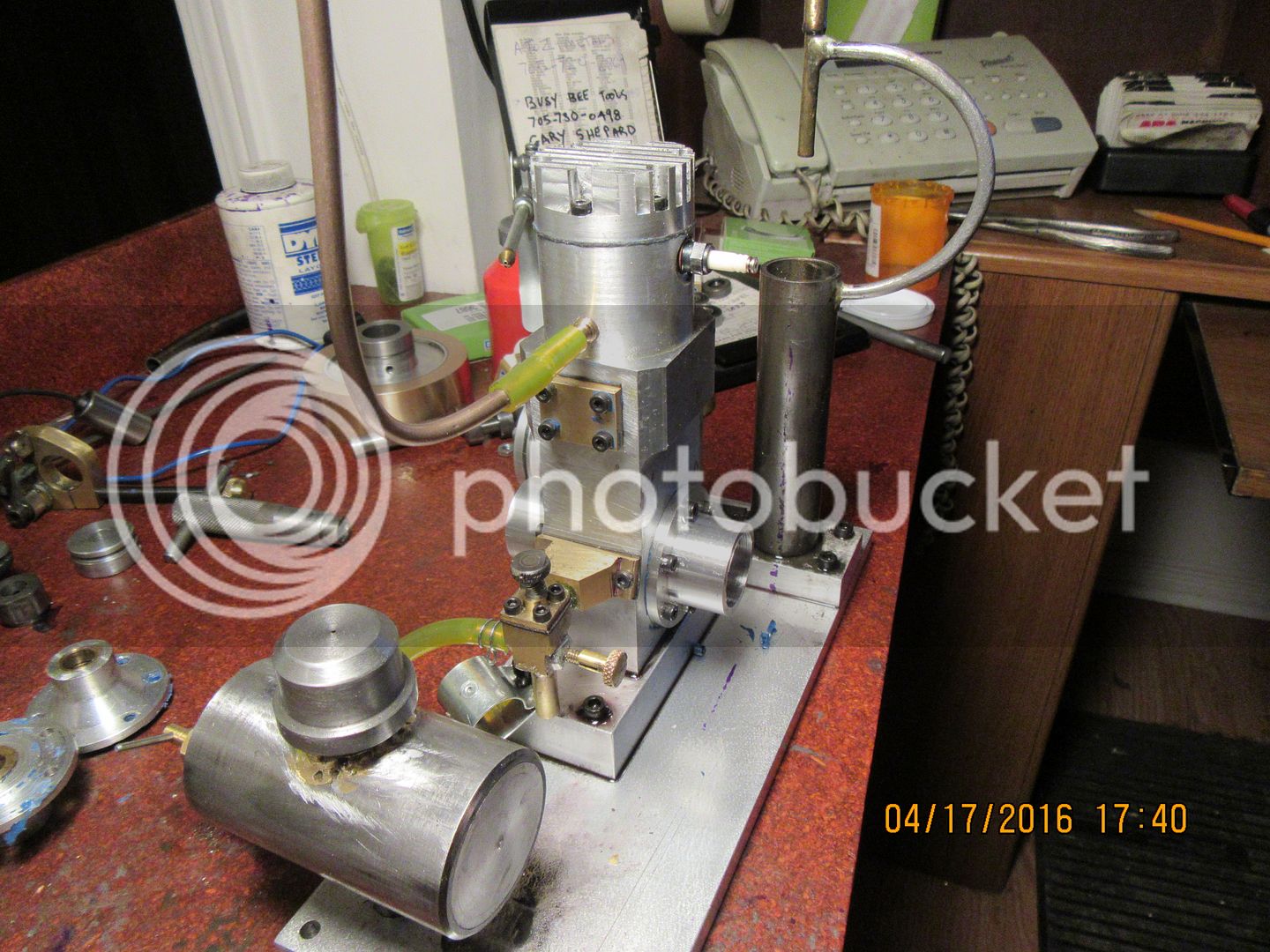

Hello Brian,This shows the overall dimensions of the engine. I will be posting the detail drawings as I make the individual parts. I will not post them before making the parts, because I have found that quite often the machinist at my house has to go back and remind the engineer at my house that "You can't make it this way!!!---Change the damned drawing please!!!
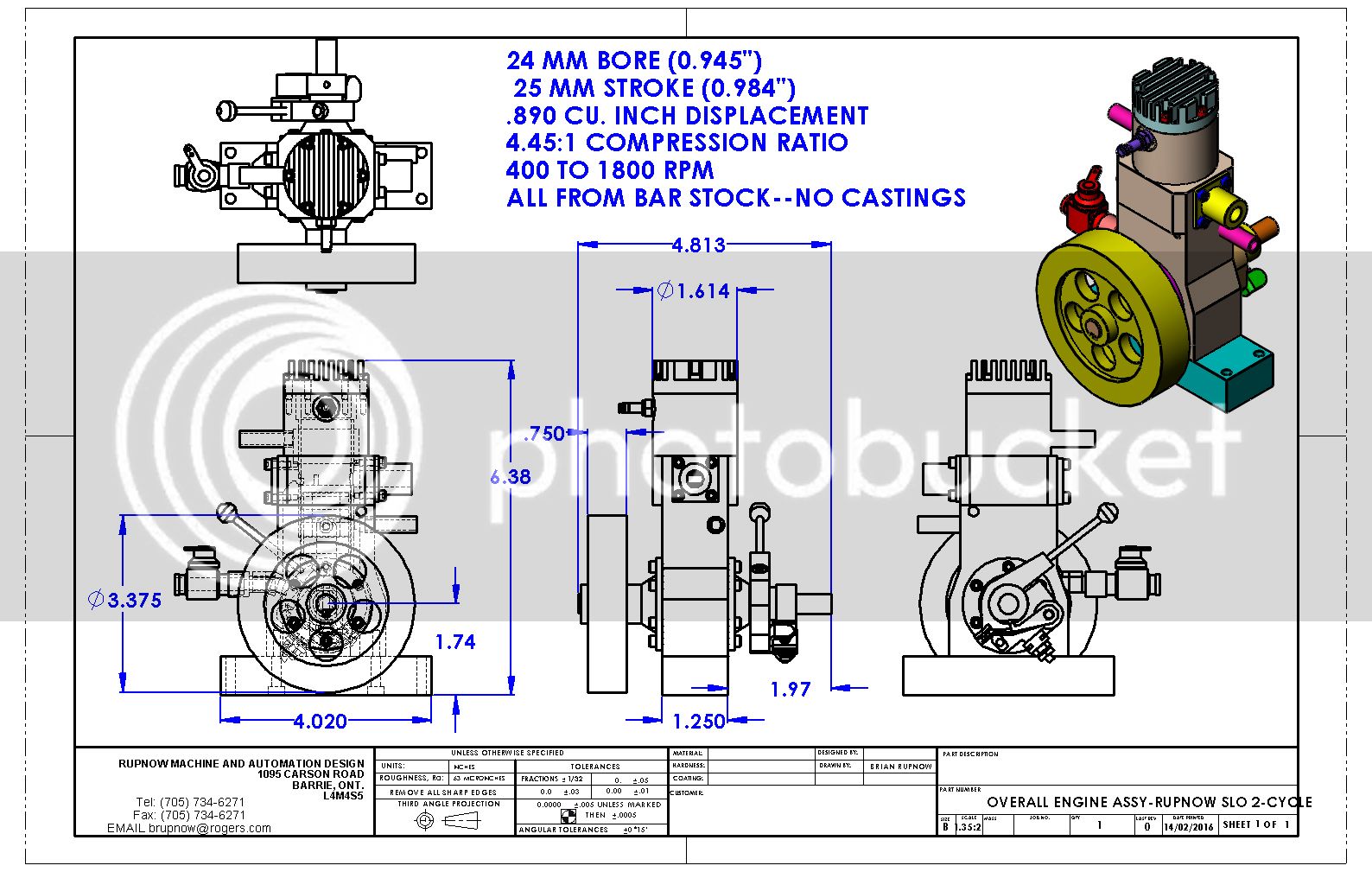
Check with 'ol Doc Brown,he may have some left from the Delorean,lol.Model engines always run fast. Its part of the problem that you cannot scale physics. The flywheels are just to small. Maybe you could make one from depleted uranium to get more weight?